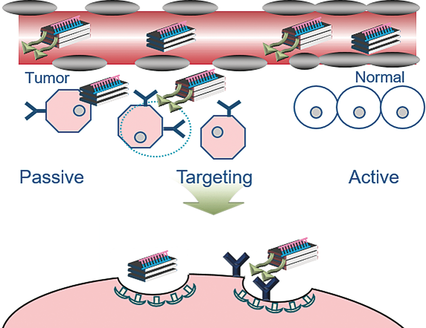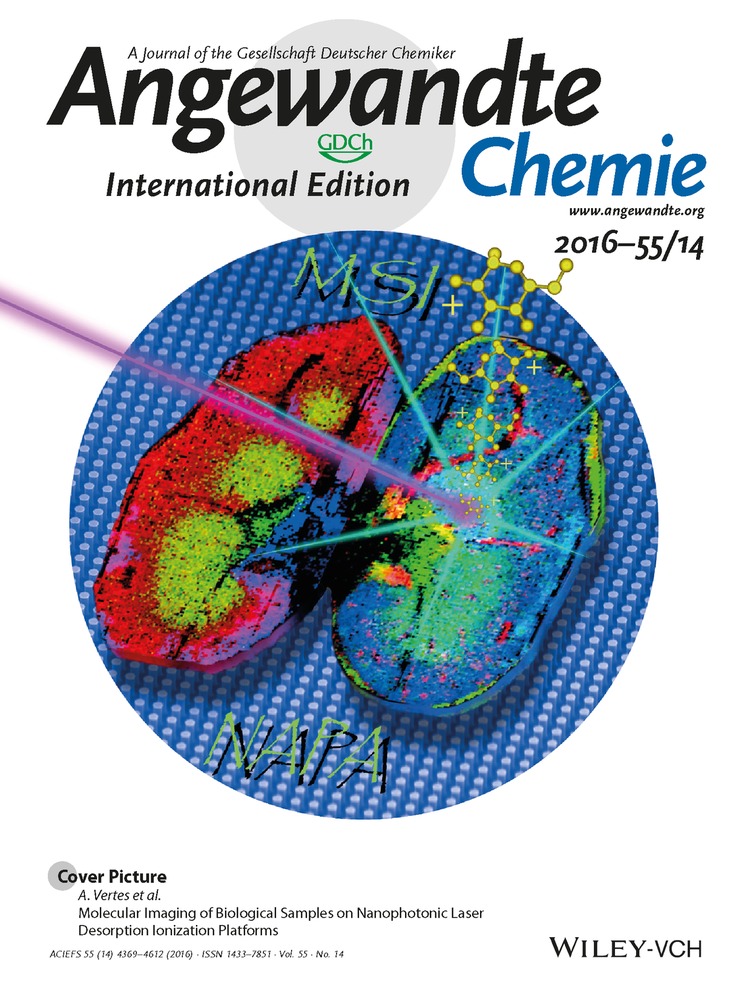Biodegradable Inorganic Nanovector: Passive versus Active Tumor Targeting in siRNA Transportation
Graphical Abstract
Cancer therapy: An inorganic layered double hydroxide (LDH) nanovector with a folic acid (FA) conjugated surface showed siRNA-based cancer therapeutic efficacy in vivo through receptor-mediated active targeting (see picture). A 1.2-fold higher accumulation of the drug was achieved in tumor tissue, resulting in 3.0-fold higher suppression of tumor volume.
Abstract
The biodegradable inorganic nanovector based on a layered double hydroxide (LDH) holds great promise for gene and drug delivery systems. However, in vivo targeted delivery of genes through LDH still remains a key challenge in the development of RNA interference therapeutics. Here, we describe in vivo and in vitro delivery system for Survivin siRNA (siSurvivin) assembled with passive LDH with a particle size of 100 nm or active LDH conjugated with a cancer overexpressing receptor targeting ligand, folic acid (LDHFA), conferring them an ability to target the tumor by either EPR-based clathrin-mediated or folate receptor-mediated endocytosis. When not only transfected into KB cells but also injected into xenograft mice, LDHFA/siSurvivin induced potent gene silencing at mRNA and protein levels in vitro, and consequently achieved a 3.0-fold higher suppression of tumor volume than LDH/siSurvivin in vivo. This anti-tumor effect was attributed to a selectively 1.2-fold higher accumulation of siSurvivin in tumor tissue compared with other organs. Targeting to the tumor with inorganic nanovector can guide and accelerate an evolution of next-generation theranosis system.





